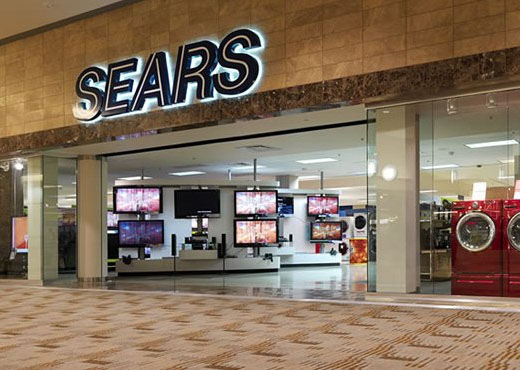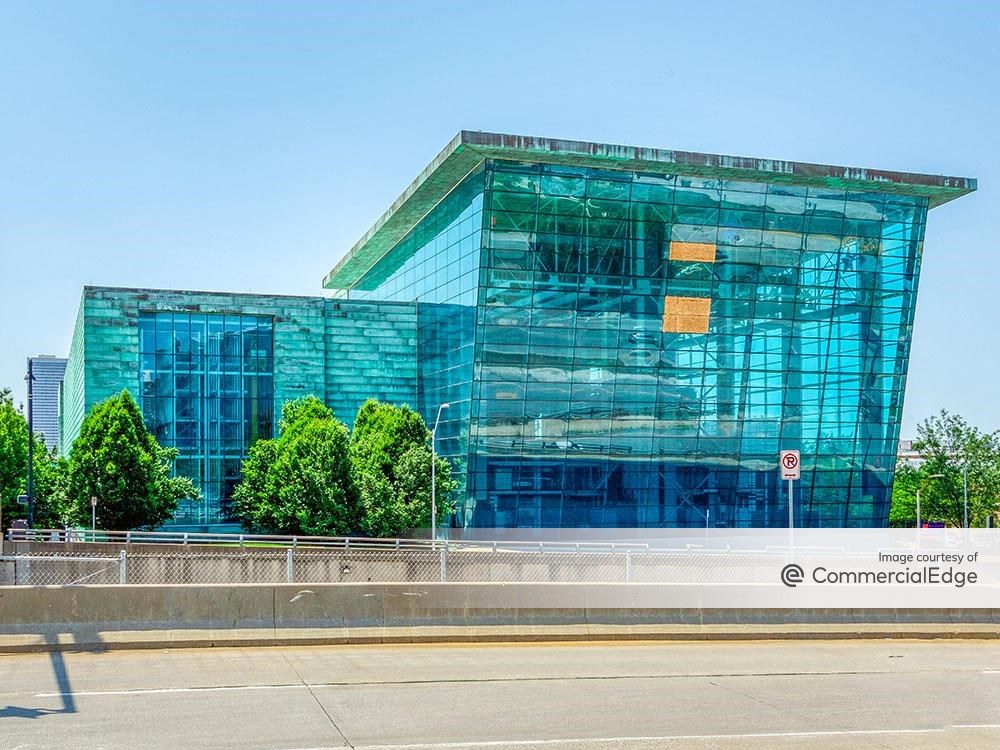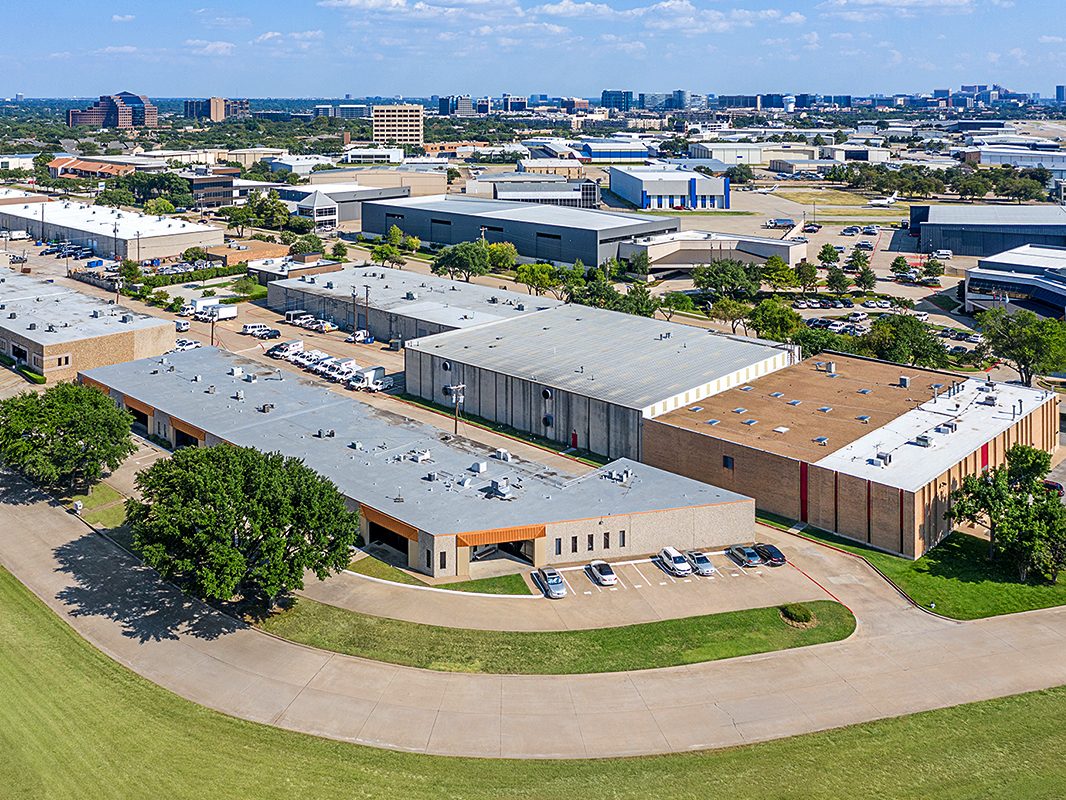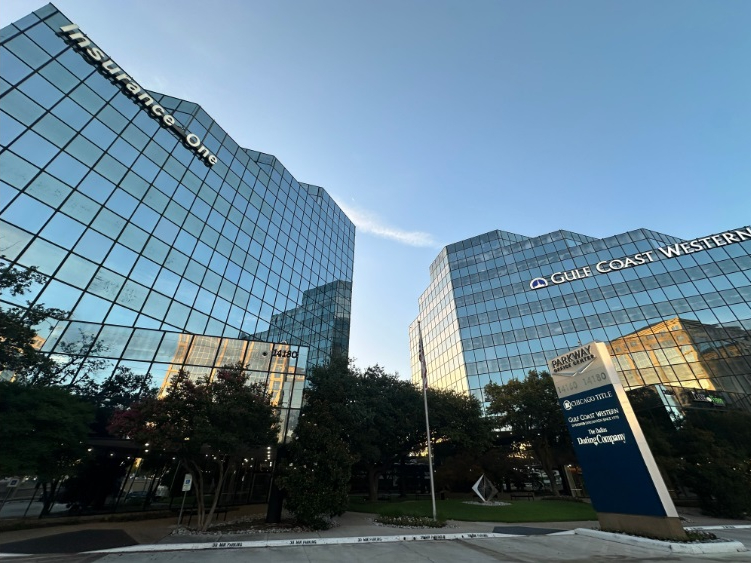Sears' Store Sales, Rights Offering 'A Brilliant Move'
In the wake of the announcement that Sears would be selling 11 stores to General Growth Properties and spinning off two of its brands, industry sources called the actions "a brilliant move."
February 27, 2012
By Scott Baltic, Contributing Editor

In a flurry of moves barely two months after its announcement last December that it would close 100 to 120 Sears and Kmart stores, Sears Holdings Corp. announced late last week that it will sell 11 stores to General Growth Properties, spin off its Hometown and Outlet brands through a rights offering and close its last nine Great Indoors big-box stores.
The General Growth deal is valued at $270 million. Assuming that closing occurs in the anticipated 45 to 60 days, GGP will own locations in Coral Ridge Mall, Coralville, Iowa; Fashion Place, Murray, Utah; Provo Towne Centre, Provo, Utah; Quail Springs Mall, Oklahoma City; West Oaks Mall, Ocoee, Fla.; and The Woodlands Mall, The Woodlands, Texas. GGP will also pick up leased locations in Ala Moana Center, Honolulu; Apache Mall, Rochester, Minn.; Bellis Fair, Bellingham, Wash., Mall of the Bluffs, Council Bluffs, Iowa; and Market Place Shopping Center, Champaign, Ill.
“This acquisition enhances several expansion and redevelopment opportunities including re-tenanting the anchor space and adding new in-line GLA,” said General Growth Properties’ COO Shobi Khan. “Over the next several years we anticipate adding 319,000 square feet of new in-line space, the majority at Ala Moana Center, our most productive mall.”
GGP anticipates that Sears will occupy each space into 2013, until the final closing dates are determined.
In the second of the moves, Sears will spin off its Sears Hometown and Outlet businesses, and certain hardware stores, through a proposed rights offering that’s expected to raise between $400 million and $500 million.The rights will entitle holders to purchase shares in the new entity and will be transferred to holders of Sears Holdings common stock. Proceeds from the share subscription will give Sears additional liquidity for general corporate purposes, the company said, and “the separation will also enable Sears Holdings to focus on its core business.”
Sears anticipates that the rights offering will be completed in the second half of this year.
Third, pulling the plug on the few remaining Great Indoors stores shuts down an experiment in upscale retail undertaken by the original pre–Kmart-merger Sears. When the concept was rolled out in 1998, Sears envisioned having up to 200 Great Indoors stores, but eventually no more than 20 were opened.
The nine stores are in Chandler and Scottsdale, Ariz.; Lone Tree, Colo.; Lombard, Ill.; Gaithersburg, Md.; Novi, Mich.; Columbus, Ohio; Farmers Branch, Texas; and Houston.
The company is under substantial pressure to make some changes. Although Sears reported a profit of $133 million in 2010, it lost $3.14 billion in 2011, which included $2.7 billion of charges.
Sears is trying to figure out where they want to be in five to 10 years, and “This is the next stage in that,” Greg Maloney, president and CEO of Jones Lang LaSalle’s retail arm, told Commercial Property Executive. “I commend Sears” for looking at their real estate portfolio and taking action.
The purchase of 11 stores is “a brilliant move” by General Growth, he said, and he won’t be surprised if other landlords start looking to cut deals with Sears for its real estate. And the ample parking at typical Sears stores will create opportunities for outlot development.
“A brilliant move” is also how Bill Rose, San Diego–based national director of Marcus & Millichap’s National Retail Group, described Sears’ move to harvest the value of their real estate through the sales to GGP. For those 11 stores, he told CPE, the real estate is probably worth more than the retail sales.
Rose puts this decision in the context of the upscaling of American retail since the great surge of shopping center development in the 1970s. It’s easy to forget, he said, that back then luxury merchandise was available only in a relative handful of markets, such as Manhattan and Boca Raton.
That has hugely changed, of course, and at malls like Ala Moana Center, Sears is no longer a good fit, Rose said. Offloading such stores will help Sears focus on its core business and core brands.
As for the Great Indoors chain, he said, it was a good concept initially, but it makes sense to close the final few stores now. The stores had been competing with Home Depot’s Expo Design Center stores, the last of which closed in 2009. That niche is currently split by Home Depot and Lowe’s on one side and on the other by Bed, Bath & Beyond and (until 2008) Linens ’n Things.







You must be logged in to post a comment.